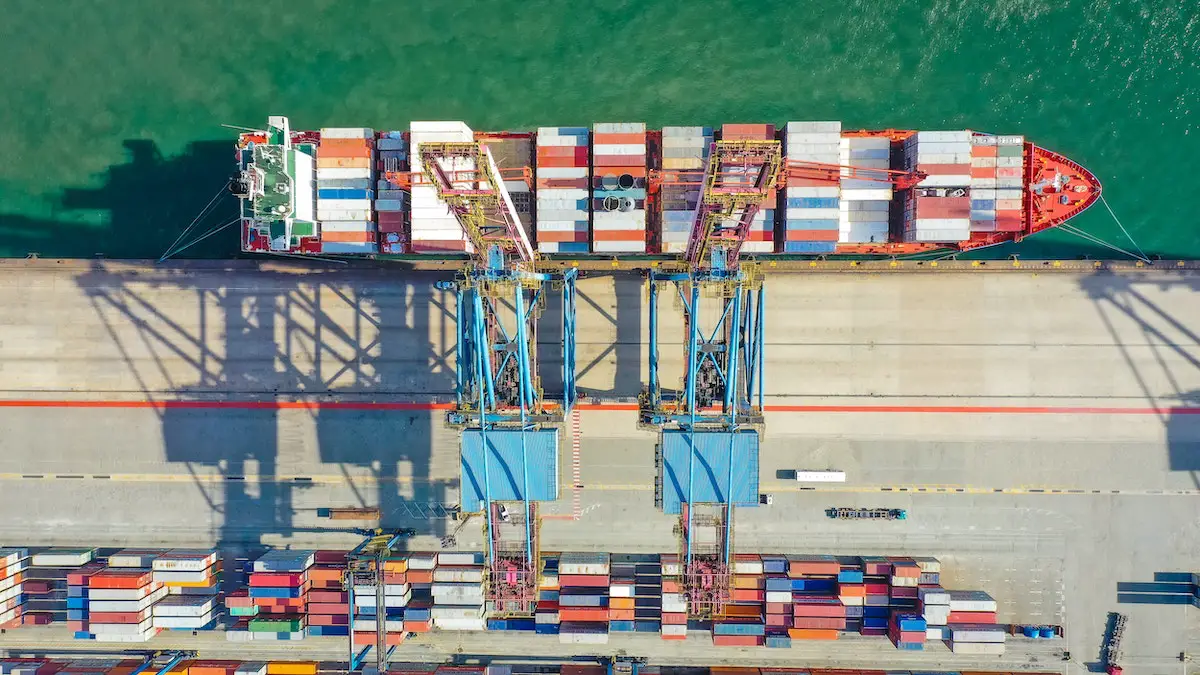From Rio to Sao Paulo in less than two hours, Shanghai to Hangzhou in thirty minutes, or LA to San Francisco in less than three hours. This is the future. Wherever you look High-Speed Rail (HSR) is the buzzword in sustainable transportation. Promising to marginalise regional air travel and cut congestion on the roads.
Indeed, it’s become almost a cliché to refer to the huge HSR projects that China is investing in.
A lot of this recognition is well deserved. Only 10 years ago many services lagged behind those in the West. Now, with 8,358km, China boasts the largest high-speed passenger rail network on earth. With an additional 16,000 kilometers planned by 2020. And the plans don’t stop there. Beijing envisions bullet trains spreading westwards from the more prosperous East coast across the rural west, out across Asia, the Middle East and, eventually, to Europe. In the last year alone, $80bn has been ploughed into rail construction, creating 6 million jobs and offering competition to regional airlines.
The motivation for such large scale projects comes as the Chinese look to ease the congestion on the roads and rails caused by freight and passengers both using the same system – witness the 10-day traffic jam that attracted so much attention last summer. And at a time when the UK and US are proposing much less ambitious plans shouldn’t we be looking at what the Chinese have achieved and asking some serious questions?
But whilst it’s certainly an enviable example of what can be achieved – especially given that both the UK and US’ projects won’t be operational for another 25 years – there have been unforeseen challenges posed by such a rapid expansion.
HSR hasn’t decreased the amount of users of the slower, older, more polluting trains. High-ticket prices have priced out many poorer workers who continue to rely on the older lines. Indeed, the main achievement of HSR has been to attract high-end customers away from the airlines. And the opening of more fast train services has led to fewer regular trains being available for budget-conscious travelers.
This is something that the opposition to HSR in the UK has argued, suggesting that it would, once again, be a project that only benefited London. With regional rail services suffering budget cuts to fund a high-speed line that benefits only a small percentage of the population.
The reasoning behind High Speed Two (as the UK project is known) is that the West Coast Main Line will soon be full up and, with rising road congestion, and increased oil prices effectively pricing out internal flights, the rail network will have to shoulder some of this burden. The 250mph trains will bring Birmingham a mere 50 minute’s journey from Euston and Manchester only 80 minutes.
But will this stimulate growth in the UK’s northern cities, as has been suggested? Or, with London now a commutable distance, will the North experience an even more substantial loss of highly skilled workers than it currently does?
Indeed, it seems as if the plans haven’t taken into account the fundamental changes that will occur to our notions of work, where we live, and how we move around in the next quarter century.
In the future, one has to wonder, what ‘work’ will be like? And how, exactly will we be getting there?
“It is one rail solution to a rail problem and totally ignores the technological revolution that will enable more and more people to work without having to travel as much as they may do now,” commented Lizzy Williams, chairman of the Stop HS2 organisation.
In addition, with a project that costs £17bn and won’t be completed until 2026 it’s hard to see how train fares aren’’t going to be prohibitively high for all but the wealthiest commuter. Or how regional services won’t be the first to suffer as funding is ploughed into the high-speed line.
In the US, Barack Obama’s ambitions plans for a high-speed rail network in the US have garned similar criticisms. And this is before the environmental costs are taken into consideration. All too often it is the biosphere that ends up paying for transportation advances in the form of impact and emissions. These are neither measured nor charged to travelers.
Indeed, HSR isn’t necessarily any better for the environment than cars and planes.
In this regard, hedging a bet on HSR being a central tenet of transportation in a quarter century seems brave. Especially so, when you consider that most other European high-speed rail projects have failed to recoup costs or achieved the capacity that was envisioned twenty years ago.
Photo: juicyrai


